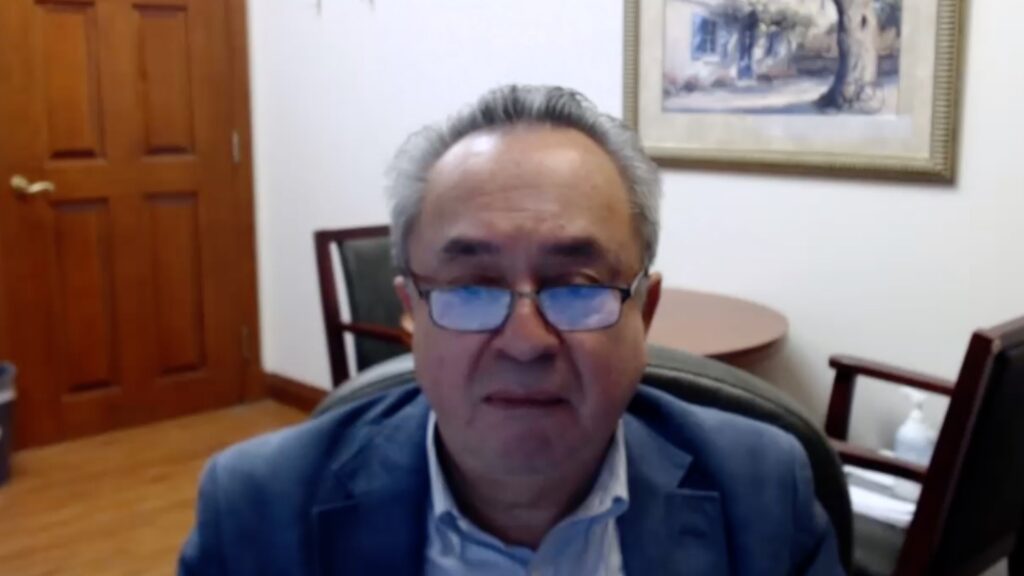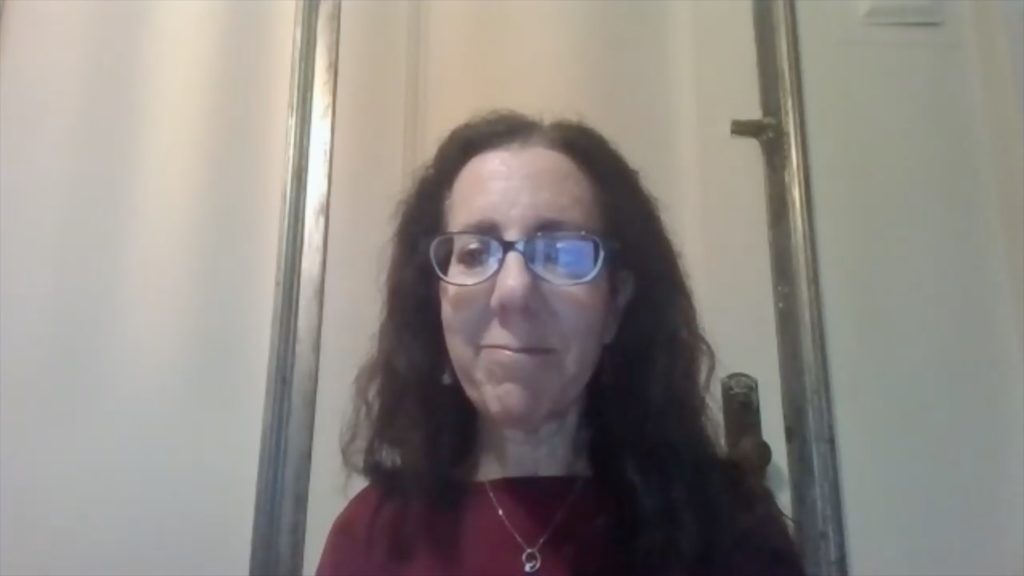Systemic Lupus Erythematosus
An Introduction to Systemic Lupus Erythematosus
Systemic lupus erythematosus is a chronic, heterogeneous, multisystem autoimmune disease characterised by severe fatigue and joint pain. Traditional treatment strategies have involved hydroxychloroquine, systemic glucocorticosteroids and conventional immunosuppressive drugs, but are associated with severe toxicities. Many current and emerging therapeutic strategies target B-cell-surface antigen, B-cell survival factors or B-cell intracellular signalling. However, many of these have disappointed in clinical trials, and there remains a need for new strategies. Novel therapies targeting interferons, cytokines and their receptors, intracellular signals, plasma cells, T lymphocytes and co-stimulatory molecules are also being investigated.
Expert video highlights, insights from the conference hub and comprehensive peer-reviewed articles from our journal portfolio provide updates on the changing treatment landscape. To learn more about how the latest developments impact on patient outcomes view our expert-led learning activities.

Physician burnout is at a critical point. In this episode, Nicky speaks with Dr Alfred Atanda about why so many physicians are burning out and what can be done to change the trend. From personal experience to system-wide solutions, Dr Atanda shares valuable insights on improving physician well-being and building a more effective healthcare culture.

In this edition of our Future Leaders series, we speak with Dr. Santhanam Sham, a rising star in rheumatology. As a Senior Consultant at Kauvery Hospitals, Chennai, Dr. Sham is dedicated to advancing research on autoimmune diseases like SLE and vasculitis, while also fostering patient-centric care and embracing cutting-edge medical technologies.

Watch leading experts discuss updates in the treatment of systemic lupus erythematosus (SLE), lupus nephritis (LN) and Sjögren’s disease, based on data presented at EULAR 2024.

Systemic lupus erythematosus (SLE) is a multisystem, autoimmune disorder affecting skin, joints, kidneys, the heart, lungs, the brain and blood cells, and is characterized by heterogeneous presentations and severity. It is more common in females than males, with a ratio ...

TULIP-1 (NCT02446912) and TULIP-2 (NCT02446899) were phase 3, randomized, double-blind, placebo-controlled trials that investigated the efficacy and safety of anifrolumab, a fully human IgG1 κ monoclonal antibody, in the treatment of systemic lupus erythematosus. In this touchIMMUNOLOGY interview, we caught up with ...

Part B of the phase 2 LILAC study (NCT02847598) investigated BIIB059, a humanized monoclonal antibody against BDCA2, for the treatment of cutaneous lupus erythematosus (CLE). In this touchIMMUNOLOGY interview, we were delighted to speak with Prof. Victoria P. Werth (University of ...

Systemic lupus erythematosus (SLE) is a chronic, relapsing and remitting autoimmune disease,1 affecting 13–7,714 per 100,000 individuals.2 Inflammation in SLE can lead to tissue damage in any organ system, frequently due to acute flares,1 with commonly affected organ systems including the cardiopulmonary, ...

Mucocutaneous manifestations affect over 80% of patients with systemic lupus erythematosus (SLE) and can significantly impact on patient quality of life. touchIMMUNOLOGY were delighted to speak with Prof. Jorge Sanchez-Guerrero (University of Toronto, Toronto, ON, Canada) around his post hoc analysis ...

Women with rheumatic disease, such as systemic lupus erythematosus, are often prescribed azathioprine to control disease activity during pregnancy. However, the changes in azathioprine metabolite levels throughout pregnancy in such women are yet to be well-characterized. It was a pleasure ...

In women with systemic lupus erythematosus (SLE), ill-timed pregnancies can cause complications related to teratogen use and SLE activity. In this touchIMMUNOLOGY interview we spoke with Dr. Catherine Sims (Duke University, Durham, NC, USA) around her study implementing the HOP-STEP ...

WILLOW is a phase II, double-blind study investigating enpatoran for the treatment of systemic and/or cutaneous lupus erythematosus (NCT05162586). touchIMMUNOLOGY were delighted to speak with Dr. David R Pearson (University of Minnesota, Minneapolis, MN, USA) about the findings from preclinical studies evaluating the glucocorticoid-sparing effect of enpatoran, and about the aims, eligibility criteria and primary and secondary outcome measures of the WILLOW study. The abstract 'Enpatoran: Preclinical Evidence Supporting Glucocorticoid Dose Reduction and Phase II Study Design in Patients with SLE and/or CLE (WILLOW).' (Abstract number: 1230) was presented at EADV 2022, 7-10 September, 2022. Questions Could you tell us a little about the preclinical studies evaluating the glucocorticoid-sparing effect of enpatoran? (0:20) What were the findings of these studies? (1:23) What are the aims, design and eligibility criteria of the WILLOW study? (3:13) What are the primary and secondary outcome measures of the study? (3:44) Disclosures: David R Pearson discloses consulting for Biogen, Inc and receiving grant/ research support from Corbus, EMD Serono, Emerald Health, Kadmon, Pfizer, and Priovant. Support: Interview and filming supported by Touch Medical Media Ltd. Interview conducted by Victoria Jones. This content was developed by Touch Medical Media and is not affiliated with the European Academy of Dermatology & Venereology (EADV) or the congress.

Enpatoran is a selective dual inhibitor of TLR7 and TLR8 currently under phase 2 investigation for the treatment of systemic lupus erythematosus (SLE) and cutaneous lupus erythematosus (CLE). touchIMMUNOLOGY were delighted to speak with Dr. David R Pearson (University of Minnesota, Minneapolis, MN, USA) around the unmet needs in the treatment of SLE and CLE and the rationale for investigating enpatoran in these indications. The abstract 'Enpatoran: Preclinical Evidence Supporting Glucocorticoid Dose Reduction and Phase II Study Design in Patients with SLE and/or CLE (WILLOW).' (Abstract number: 1230) was presented at EADV 2022, 7-10 September, 2022. Questions What are the unmet needs in the treatment of systemic lupus erythematosus (SLE) and/or cutaneous lupus erythematosus (CLE)? (0:20) What is enpatoran and what is the rationale for its use in the treatment of SLE and/or CLE? (1:09) Disclosures: David R Pearson discloses consulting for Biogen, Inc and receiving grant/ research support from Corbus, EMD Serono, Emerald Health, Kadmon, Pfizer, and Priovant. Support: Interview and filming supported by Touch Medical Media Ltd. Interview conducted by Victoria Jones. This content was developed by Touch Medical Media and is not affiliated with the European Academy of Dermatology & Venereology (EADV) or the congress.

It was a pleasure to talk with Professor Eric Morand (Monash Health, Monash University, Melbourne, VIC, Australia) to discuss the efficacy and safety findings from the PAISLEY study (ClinicalTrials.gov Identifier: NCT03252587), which investigated the TYK2 inhibitor deucravacitinib in the ...

Isaacs and Lindenmann first identified interferons (IFNs) in 1957.1 They discovered that chicken embryo chorioallantois membranes pre-treated with heat-inactivated influenza virus inhibited the growth of live influenza virus, and thus, the abridged term for ‘viral interference’ became ‘interferon’. A little over 20 ...

Systemic lupus erythematosus (SLE) is a typical systemic autoimmune disease that commonly affects women in their 20s and 30s, with a male-to-female ratio of 1:9–1:10.1–5 The disease affects multiple organs in the body, including the skin, joints, kidneys, serosa, lungs, central ...

It was a pleasure to speak with Professor Cynthia Aranow (Feinstein Institutes for Medical Research, Northwell Health, New York, NY, USA) around the BLISS-BELIEVE study, investigating sequential belimumab and rituximab therapy in SLE (NCT03312907). This information is brought to you ...
Latest articles videos and clinical updates - straight to your inbox
Log into your Touch Account
Earn and track your CME credits on the go, save articles for later, and follow the latest congress coverage.
Register now for FREE Access
Register for free to hear about the latest expert-led education, peer-reviewed articles, conference highlights, and innovative CME activities.
Sign up with an Email
Or use a Social Account.
This Functionality is for
Members Only
Explore the latest in medical education and stay current in your field. Create a free account to track your learning.



